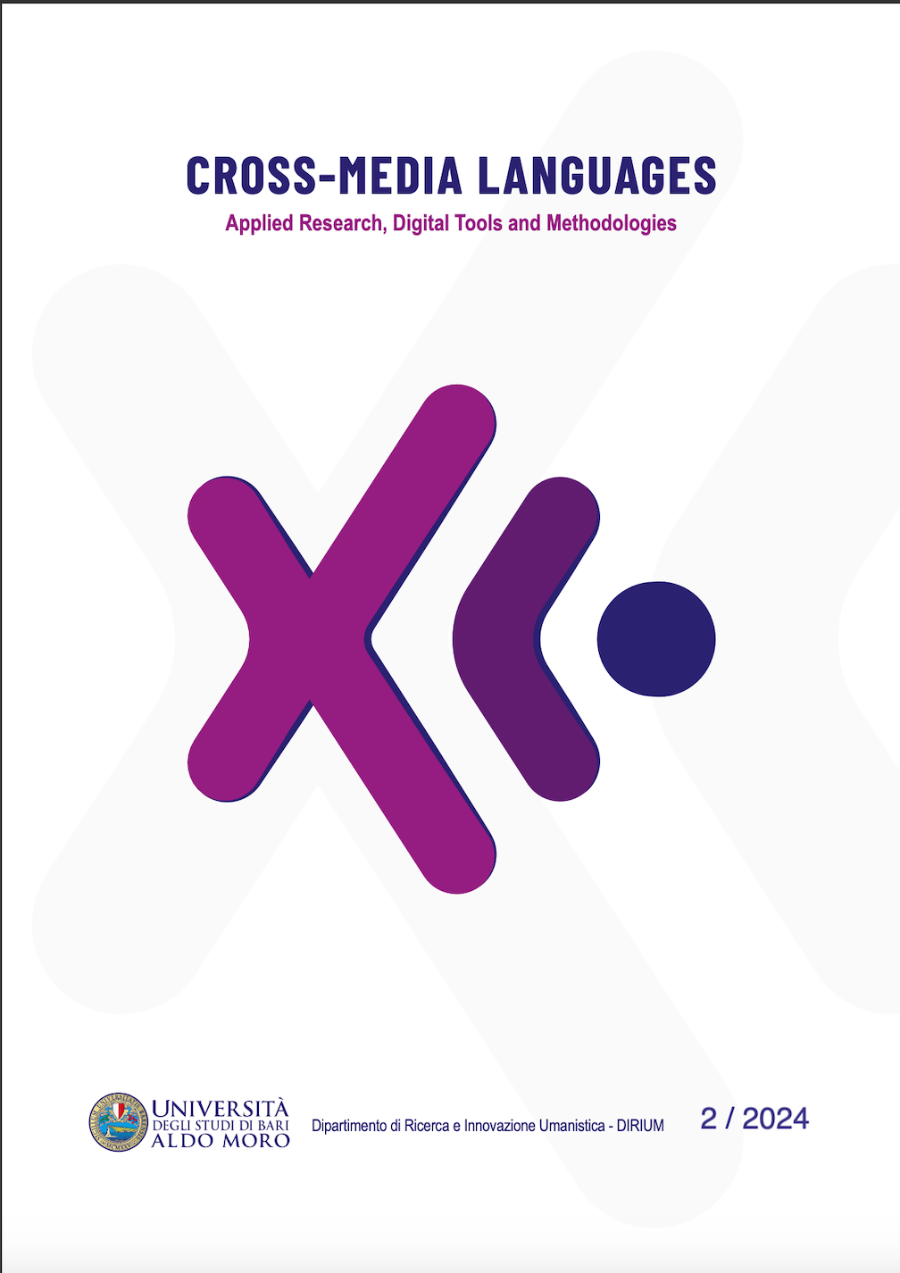Ce que la linguistique de corpus peut nous dire sur les locutions en langue française écrite. Le cas de la locution adverbiale "à première vue"
DOI:
https://doi.org/10.15162/2974-8933/1953Parole chiave:
locutions, linguistique de corpus, corpus, phraséologie étendue, unités étendues de sens, corpus linguistics, extended phraseology, extended units of meaningAbstract
Cette étude se propose d’illustrer les résultats d’une analyse menée sur un corpus de langue française, sur la locution adverbiale à première vue. D’un point de vue méthodologique, notre étude se situe dans l’approche de la linguistique de corpus, en nous inspirant notamment du modèle des unités étendues de sens ou UES (Sinclair 1991), fondée sur quatre processus d’ordre sémantique, à savoir la collocation, la colligation, la préférence sémantique et la prosodie sémantique. Dans cette optique, nous analyserons un corpus monolingue français de troisième génération afin de détecter les unités dans lesquelles la locution à première vue joue le rôle de noyau lexical. Cette étude vise à démontrer que les locutions s’inscrivent dans le cadre d’une phraséologie étendue, où les unités identifiées deviennent un principe d’organisation du texte.
This study aims to illustrate the results of an analysis conducted on a French corpus, focusing on the adverbial phrase à première vue. From a methodological point of view, our study is based on the corpus linguistics approach, drawing inspiration, in particular, from the model of extended units of meaning (Sinclair 1991), based on four semantic phenomena, namely collocation, colligation, semantic preference and semantic prosody. To achieve this, we will analyze a third-generation monolingual French corpus, identifying units in which the adverbial phrase serves as the lexical core. This study aims to demonstrate that phrases are part of an extended phraseology, where the identified units serve as a principle of text organization.











